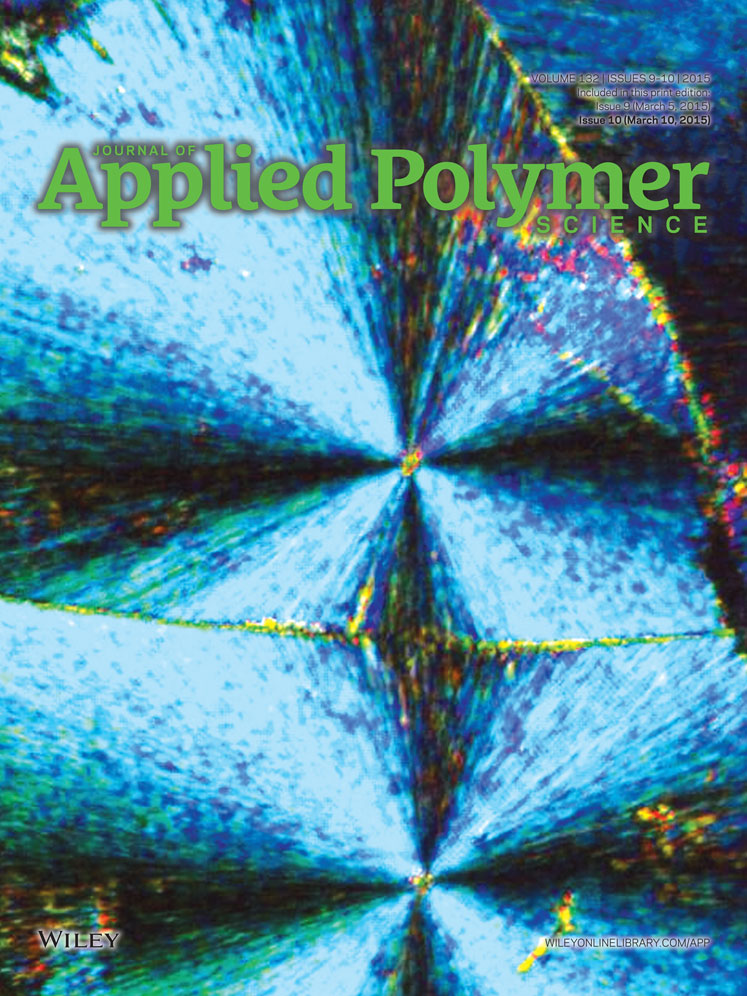Torrefied biomass-polypropylene composites
ABSTRACT
Torrefied almond shells and wood chips were incorporated into polypropylene as fillers to produce torrefied biomass-polymer composites. The composites were prepared by extrusion and injection molding. Response surface methodology was used to examine the effects of filler concentration, filler size, and lignin factor (relative lignin to cellulose concentration) on the material properties of the composites. The heat distortion temperatures, thermal properties, and tensile properties of the composites were characterized by thermomechanical analysis, differential scanning calorimetry, and tensile tests, respectively. The torrefied biomass composites had heat distortion temperatures of 8–24°C higher than that of neat polypropylene. This was due to the torrefied biomass restricting mobility of polypropylene chains, leading to higher temperatures for deformation. The incorporation of torrefied biomass generally resulted in an increase in glass transition temperature, but did not affect melting temperature. Also, the composites had lower tensile strength and elongation at break values than those of neat polypropylene, indicating weak adhesion between torrefied biomass and polypropylene. However, scanning electron microscopy results did indicate some adhesion between torrefied biomass and polypropylene. © 2014 Wiley Periodicals, Inc. J. Appl. Polym. Sci. 2015, 132, 41582.




